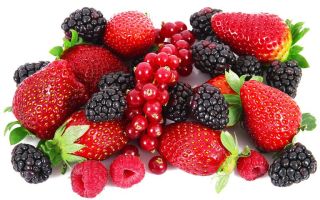Content
The manganese food table helps you understand which food contains the most chemical element. Mineral is very important for health, and if it is deficient, you need to revise your diet.
What foods are high in manganese
Manganese in food is present primarily in plant foods. It can be obtained in large quantities:
- from nuts and whole grain bread;
- from seeds and various legumes;
- from vegetables, herbs, fruits and teas;
- from cereals, spices and seasonings.
Fish and seafood is also a valuable source of the trace element. The substance is present in soybeans, mushrooms and some oils.
Manganese is a very important element for the human body. It affects the condition of almost the entire body - on the digestion and nervous system, on the thyroid gland and on the immune system. The state of muscle tissues, metabolic processes and hematopoiesis depend on the level of the substance.
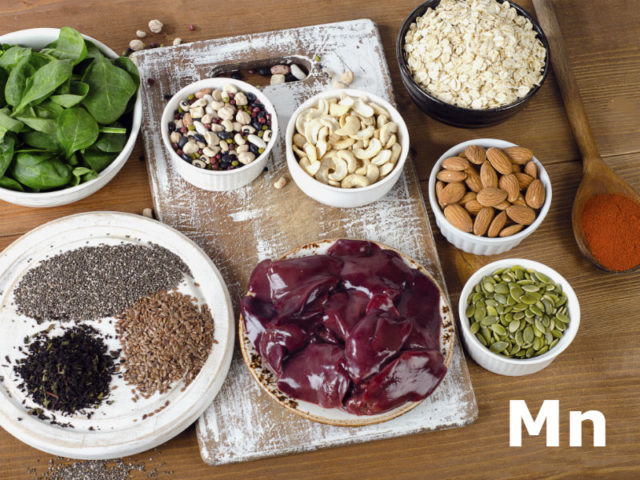
A micronutrient deficiency can be suspected by the characteristic symptoms - fatigue, weakness, frequent colds, dizziness, muscle spasms. In order to finally confirm the suspicions, you should pass the appropriate analysis, and after that it remains only to make up for the lack of a valuable substance.
Foods with high levels of manganese
With a small or medium micronutrient deficiency, it is not necessary to resort to pharmaceutical preparations. For starters, you can revise your diet and pay more attention to specific foods.
Tea, coffee and cocoa
Most of all manganese is found in drinks included in the diet of every person. The trace element is present:
- in natural grain coffee - from 1.1 to 9.8 mg per 100 g of beans;
- in tea of various varieties - on average, about 30 mg per 100 g of tea leaves;
- in cocoa powder - about 3.8 mg per 100 g of product.
Although there is a lot of mineral matter in these drinks, it is rather difficult to cover the daily requirement with their help. Coffee, cocoa and tea are usually drunk in small quantities, so the body receives limited portions of the trace element.

Nuts
Foods high in manganese include fresh nuts of all kinds. To replenish the deficiency of a substance, it is useful to use:
- pine nuts - 8.8 mg of a trace element is present in a 100 g portion, which significantly exceeds the daily requirement;
- pistachios - they contain about 3.8 mg of the substance;
- peanuts and almonds - 1.9 mg each;
- walnut - also 1.9 mg.
A small handful of nuts a day helps to fully saturate the body with a mineral element and prevent its deficiency.
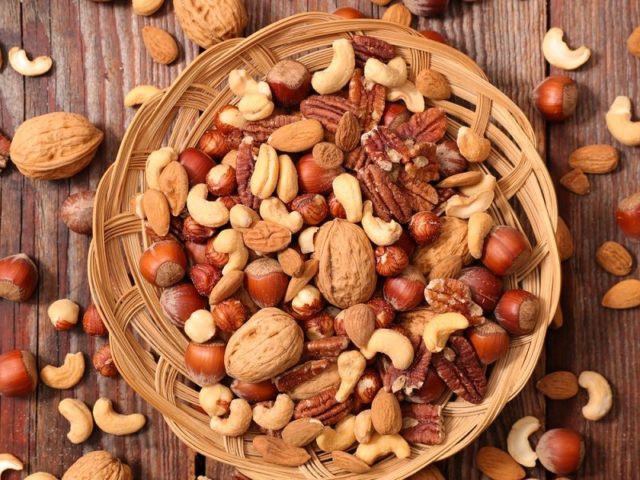
Legumes
Beans are valuable sources of manganese - a trace mineral present in almost all varieties. Especially a lot of it contains:
- Beans - Approximately 1.34 mg per 100 g serving
- peas - 0.7 mg in a small portion;
- in lentils - about 1.4 mg.
You can eat green peas fresh - the chemical element will be absorbed well. But beans and lentils must be boiled before use so as not to harm the body.
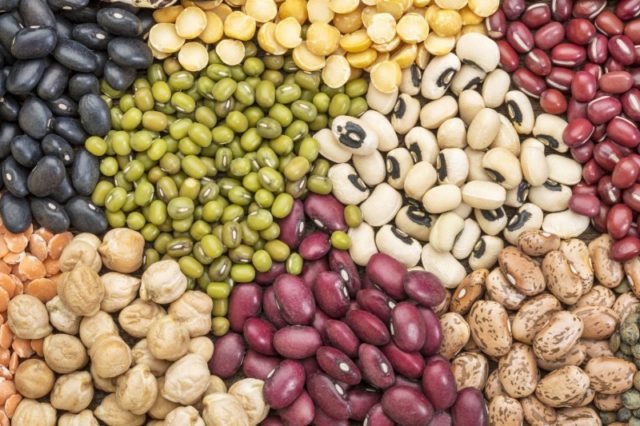
Cereals
You can get the daily dosage of the mineral from cereals. Including, for this reason, it is so useful to eat porridge for breakfast. The trace element is present in large volumes:
- in rice - about 2.77 mg for a small serving of 100 g;
- in buckwheat - up to 1.76 mg;
- in wheat groats - about 3.2 mg;
- in semolina - 0.44 mg.
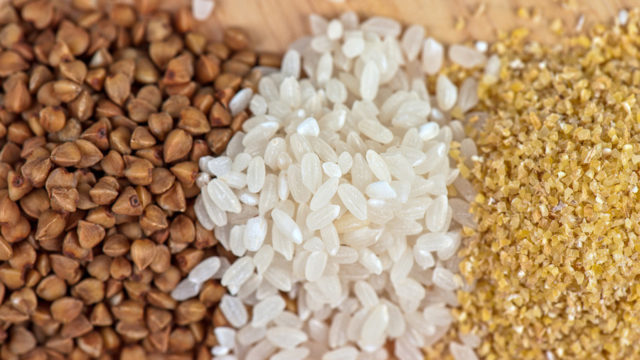
It is interesting to note that the chemical element is present in buckwheat and rye flour, as well as in wheat bran - on average above 3 mg.
Unrefined vegetable oils
Cold pressed vegetable oils also contain manganese. This only applies to unrefined oils that have not undergone any heat treatment.
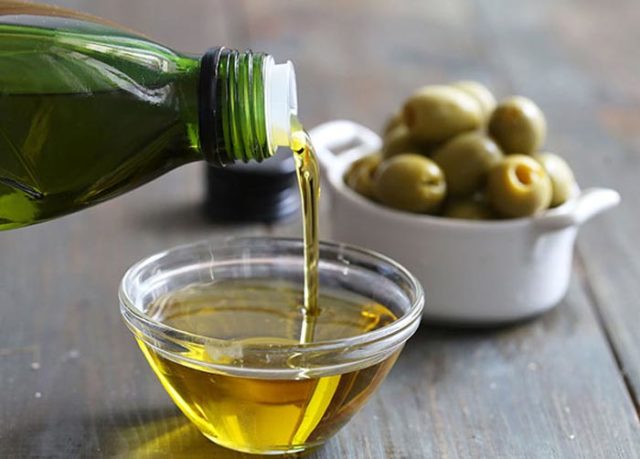
The chemical element can be obtained primarily from olive oil - it contains about 0.2 mg per 100 ml. But when using oils, it should be borne in mind that the volumes of trace elements in them are minimal, the main share is always occupied by fatty acids. Therefore, it is impossible to cover the deficiency of the chemical even with the highest quality vegetable oil.
Products from durum wheat
Pasta and noodles are considered not the healthiest foods. However, the value of pasta depends on its class. So, products from durum wheat are classified as slow carbohydrates and bring great benefits to the body.
The "hard" pasta and noodles contain quite a lot of manganese. Namely, the element is present:
- udon in wheat noodles - up to 0.5 mg;
- in whole wheat noodles - 0.3 mg;
- in durum pasta - about 1.3 mg.
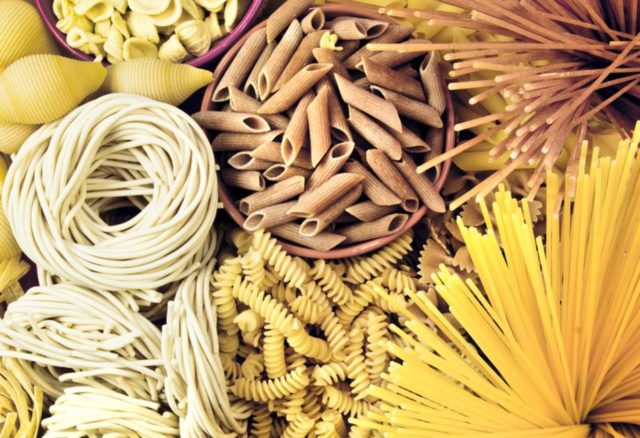
Meat and eggs
You can get the missing trace element from eggs; about 0.07 mg of the substance is present in chicken yolk.
Sources of the element are also goat milk, which supplies up to 0.02 mg, and fatty Dutch cheese, which contains 0.08 mg of manganese.
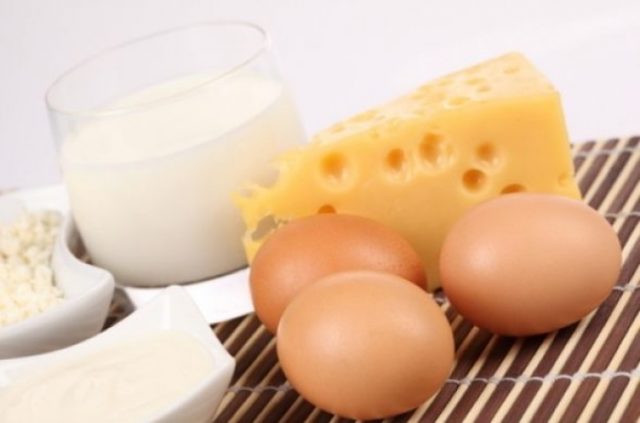
There is a small amount of manganese in meat products. You can find it:
- in lamb and beef liver - about 0.52 mg;
- in poultry meat - up to 0.02 mg;
- in rabbit meat - up to 0.01 mg;
- in veal and pork - up to 0.03 mg;
- in beef kidneys - about 0.14 mg.
It is difficult to completely restore the level of a chemical element in the body with meat products. However, they are a useful part of the diet and can be combined with other foods.
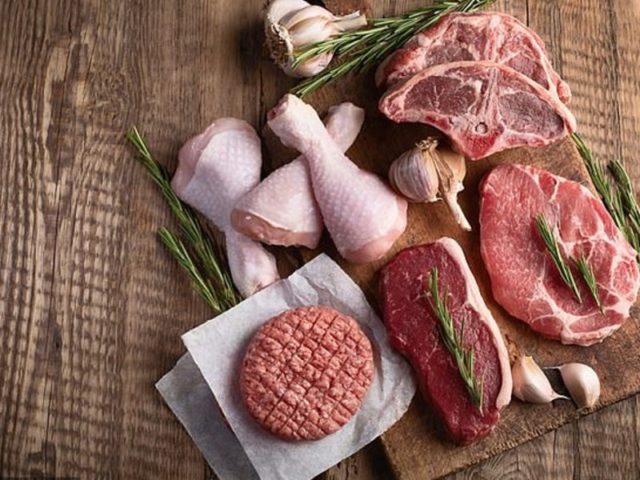
Berries
In summer, you can get manganese from fresh berries. Some of them contain quite a lot of trace elements. For example, large amounts of a chemical are present:
- in raspberries - about 0.7 mg;
- in blackberries - up to 0.6 mg;
- in strawberries - about 0.4 mg;
- in blueberries and cranberries - 0.3 mg each.
A small handful of fresh berries can provide about half the daily value of the substance. Even if it is impossible to introduce fruits into the diet on an ongoing basis, they will be very useful as an addition to the menu.
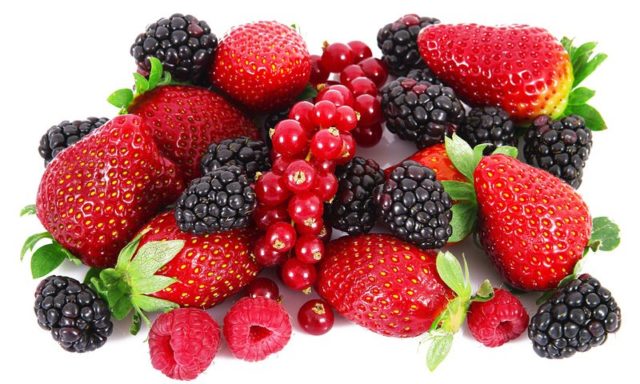
Fruits, vegetables and mushrooms
You can fill the lack of a substance in the body with the help of vegetable products, fruits and even mushrooms. Of vegetables, the most mineral elements contain:
- beets - about 0.66 mg of the substance;
- spinach - 0.89 mg in fresh herbs;
- garlic - up to 0.81 mg in the product;
- cabbage - an average of about 0.17 mg.
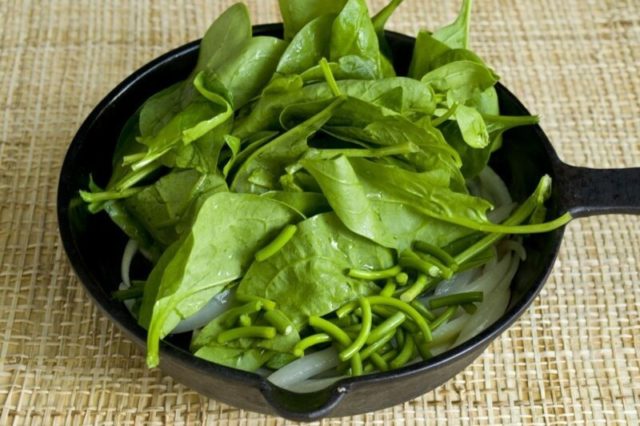
Some manganese is present in fresh fruits, which are widely available during the summer. The element can be found:
- in pineapple - as much as 0.9 mg per 100 g serving;
- in nutmeg grapes - up to 2 mg;
- in fresh bananas - about 0.3 mg;
- in dates and raisins - 0.3 mg each;
- in dried peaches - up to 0.4 mg.
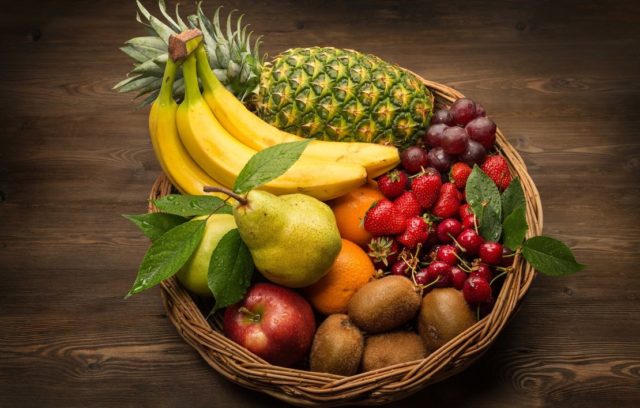
The source of the chemical element is mushrooms. In particular, in the dried fruit bodies of shiitake, about 1.2 mg of the mineral is present, and in dried morels - about 0.6 mg.
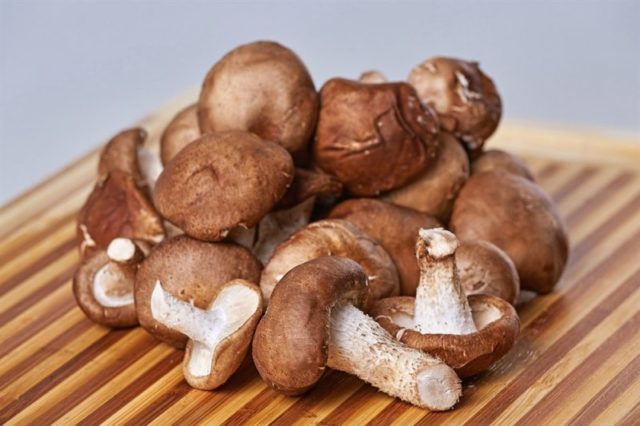
Manganese content table in food
To better understand where manganese is most present, it is worth studying the table. It indicates the main products that serve as the source of the substance, and the percentage of the average daily intake:
|
Product |
Volumes of manganese in mg per 100 g |
Percentage of average daily dosage |
|
Tea |
30 |
1300% |
|
Coffee beans |
1,1-9,8 |
up to 440% |
|
Pine nuts |
8,8 |
382% |
|
Hazelnut |
6,2 |
268% |
|
Cocoa powder |
3,8 |
166% |
|
Brown rice |
3,7 |
162% |
|
Mussels |
3,4 |
147% |
|
Wheat groats |
3,2 |
139% |
|
Whole Wheat Noodles |
3,0 |
129% |
|
Soya beans |
2,5 |
109% |
|
Almond |
2,2 |
94,7% |
|
Muscat grapes |
2,0 |
85% |
|
Peanut |
1,9 |
84% |
|
Lentils |
1,7
|
74% |
|
Garlic |
||
|
Cashew nuts |
||
|
Buckwheat |
1,6 |
70% |
|
White beans |
1,4 |
61% |
|
Pearl barley |
1,3 |
57% |
|
Pistachios |
1,2
|
53%
|
|
Blackberry |
||
|
Peas |
||
|
Shiitake mushrooms |
1,2 |
51% |
|
Zander |
1,0 |
44% |
|
A pineapple |
0,9
|
40% |
|
Spinach |
||
|
Trout |
||
|
Burbot |
0,7 |
30% |
|
Raspberry |
||
|
Collard greens |
||
|
Blackberry |
0,6 |
28% |
|
Green pea |
0,5
|
22% |
|
Crayfish |
The table shows that the best foods rich in manganese are nuts and cereals. In other foods, the trace element is present, but in smaller quantities.
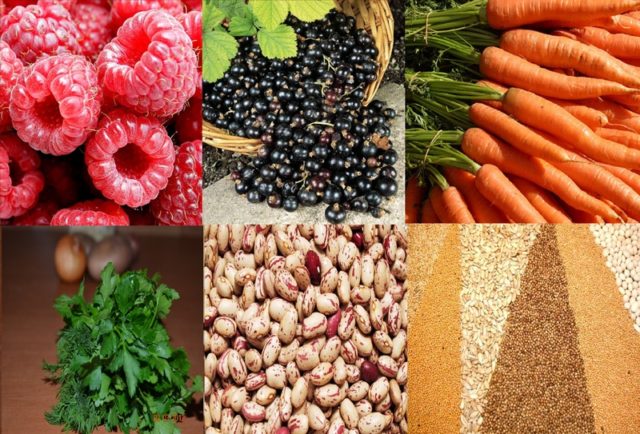
Rules for the use of foods rich in manganese
Manganese is found in many foods in small doses. Therefore, it is quite difficult to acquire a pronounced micronutrient deficiency, as well as to receive an overdose. However, there are a few things to keep in mind when eating manganese foods:
- The average daily intake of a trace element for an adult is 2-5 mg. In some cases, it can increase, for example, with serious physical and mental stress, it is permissible to receive up to 11 mg of a trace element per day.
- It is recommended to eat foods high in the chemical separately from foods high in iron, calcium and phosphorus. They interfere with the absorption of the trace element and impair its absorption.
- It is quite possible to make up for a slight lack of manganese with food. But at the same time, you must adhere to the rules of a healthy diet. You need to get the chemical from several foods at once so that the diet remains varied and balanced.
A single excess of the dosage will not harm the body. But if you consume foods rich in the mineral element, in large quantities and on a daily basis, then over time, manganese hypervitaminosis may appear.
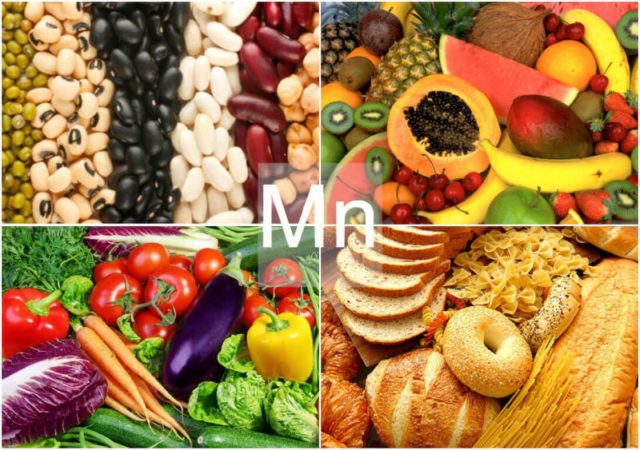
Conclusion
The manganese foods table shows which foods contain the most micronutrients. It should be remembered that nutrition should remain comprehensive, and the dosage of the substance should be moderate.

